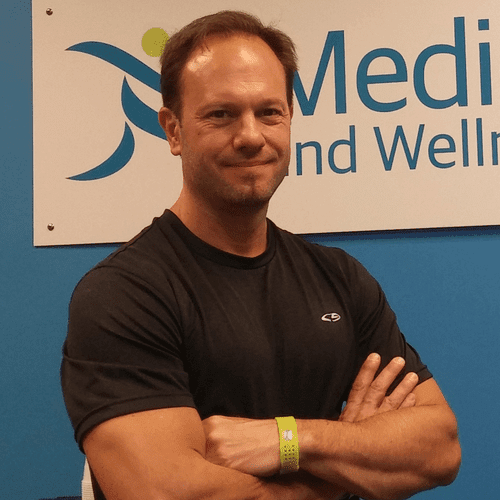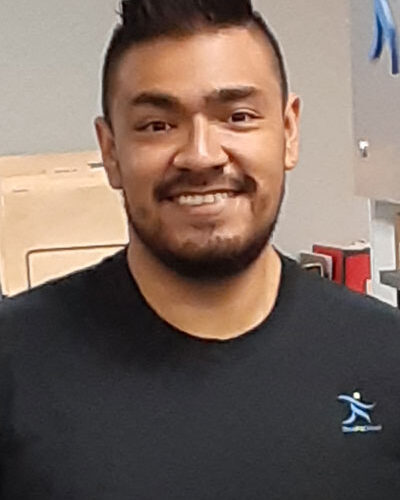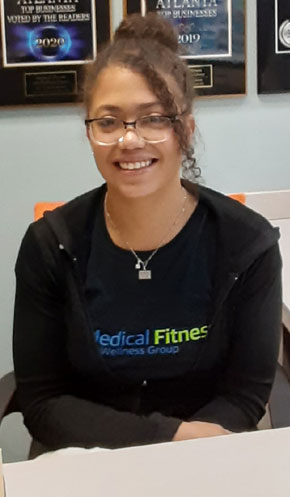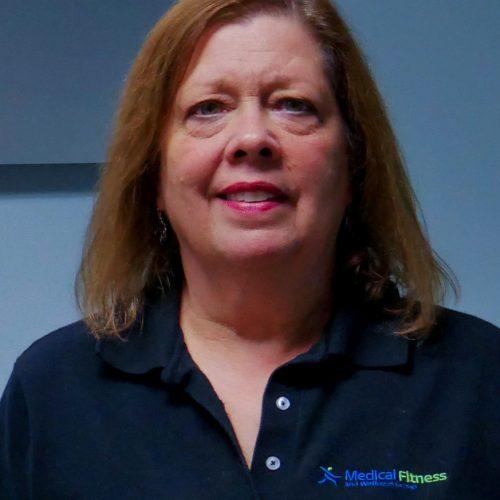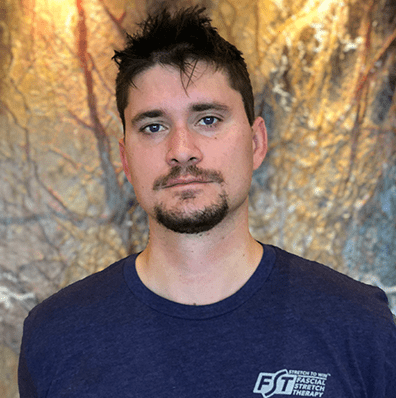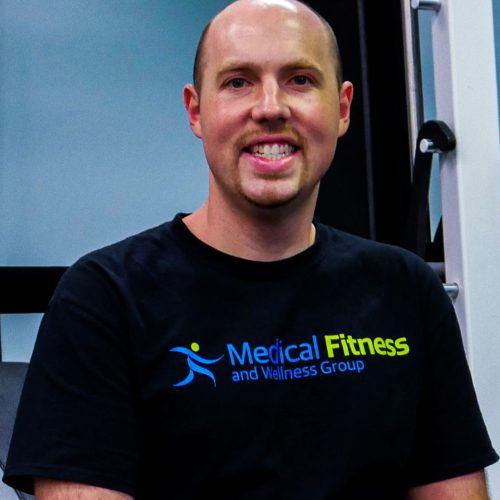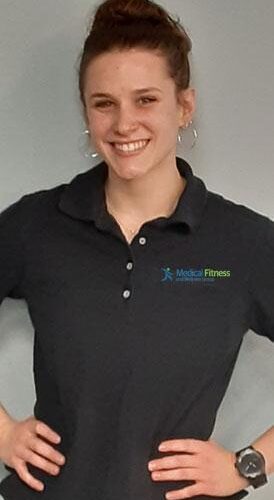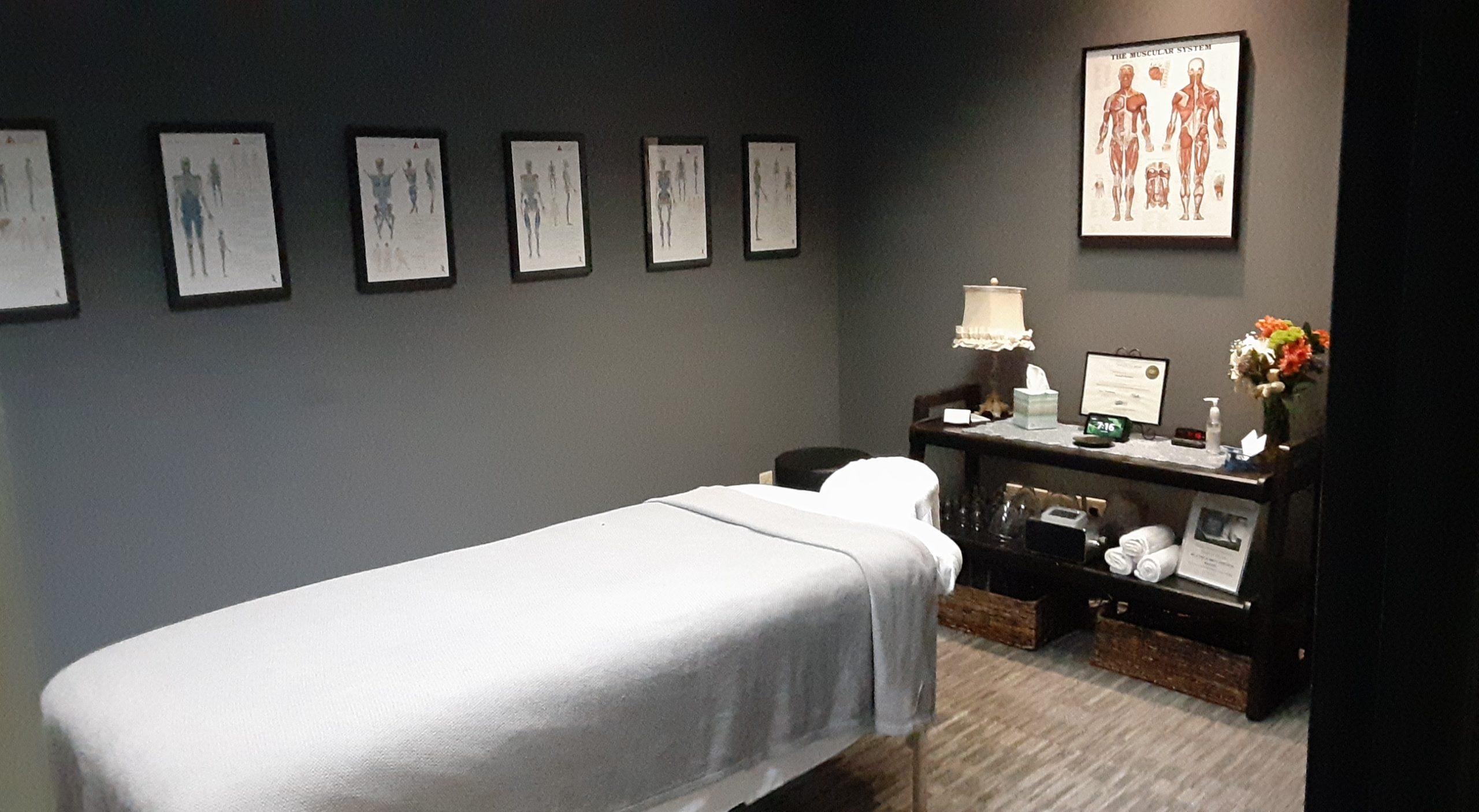
14 Jan Benefits of Myofascial Massage
Benefits of Myofascial Massage
Daily activities can be hectic, and being busy will eventually get to us by the end of the week when we get the weekend to relax and unwind before we have to do it all over again.
As you may expect, many of us will experience fatigue or tension in the body muscles after some time. This discomfort may be caused by stress, weird sleeping positions, or excess physical labor or exercise. Constant strain on the muscles can sometimes lead to myofascial pain syndrome.
 Daily activities can be hectic, and being busy will eventually get to us by the end of the week when we get the weekend to relax and unwind before we have to do it all over again.
Daily activities can be hectic, and being busy will eventually get to us by the end of the week when we get the weekend to relax and unwind before we have to do it all over again.
As you may expect, many of us will experience fatigue or tension in the body muscles after some time. This discomfort may be caused by stress, weird sleeping positions, or excess physical labor or exercise. Constant strain on the muscles can sometimes lead to myofascial pain syndrome.
What Is Myofascial Pain Syndrome?
Myofascial pain syndrome is a chronic pain condition that comes about after repeated muscle contractions. Although just about each of us has suffered from muscle tension pain, the discomfort that comes with myofascial pain syndrome tends to worsen.
A body part with muscles such as the neck, quads, shoulders, lower back, calves, and hips is prone to chronic myofascial pain.
A highly effective treatment option for myofascial pain involves muscle therapy, particularly myofascial release therapy.
In this article, we get to answer common questions people usually ask concerning myofascial massages, including some of the benefits you can expect from getting myofascial therapy.
What Is Myofascial Release Therapy?
A myofascial massage is a fantastic way of getting rid of muscle tension and sensitivity. These massages usually last 35 to 60 minutes and can help soothe connective tissue and tense muscle knots that could be causing you incredible discomfort.
Is There A Variety of Myofascial Release Techniques?
There are two types of myofascial massages; direct and indirect release.
Direct release, also referred to as deep tissue myofascial release therapy, involves medical practitioners releasing the fascia using weights or force to relieve musculoskeletal pain and improve body mobility and flexibility.
Indirect release is a lot smoother than the direct release massage. It entails applying less pressure on trigger points or the affected muscle, which encourages the fascial to loosen gently for more effective flexibility and body motion.
Can I Do A Myofascial Massage By Myself?
Many people want to know if a myofascial massage process requires a physical therapist present. In truth, you really do not need one for effective self-myofascial release, but you might need one who can guide you so you can know how to go about it.
You do not need to push your pain to find your endurance limits. Start with light but practical myofascial release tools that can help ease your pain but feel free to gradually change the weights if you feel like they’re too light.
Additionally, there are plenty of tools on the market, such as foam rollers, tennis balls, and kettlebells, that can help you self-massage.
Suppose you are consistent with your home myofascial massages, and you see no improvement. In that case, it is highly recommended that you contact a professional from Medical Fitness and Wellness Group in Johns Creek, GA. They will be able to point out to you what the problem is or what you are doing wrong and how you can improve.
Keep in mind that if you have open wounds, weak bone structure, an underlying tumor, or metabolic condition, you should avoid doing myofascial massages as this could worsen your situation.
Why Should You Get A Myofascial Massage
- Reduces Pain and Discomfort
A myofascial release massage will help you with your muscle pain for the long term. Many people might struggle with finding the exact source of the pain, so it is important to have the massage done across the whole area where the affected muscle is located for best results.
The myofascial massage will also help untie your muscle knots and improve your flexibility and range of motion. If not attended to early, muscle knots can grow and become even more sensitive, which causes more pain.
- Help Overall Body Relaxation and Blood Circulation
Sometimes, when a single part of your body is not at its best, you might feel uncomfortable all through your body. By getting a myofascial massage, you will be able to release the tension built on a specific part of the body, which will, in turn, relax the rest of the body.
A myofascial massage will help also prompt easy circulation in parts of the body where blood flow could have been affected by muscle tension. Having the myofascial massage frequently will help reduce the amount of blood pooled in the veins over time, providing for a less constricted blood flow.
- Improve Muscle Function and Reduce Soreness
Whether you got sore from working out or just taking part in physically demanding activities that proved too strenuous for your body, a myofascial massage will help reduce the soreness and help the affected tissues recover.
A myofascial massage can help with one particular muscle, the skeletal muscle, which is responsible for respiration, stability, circulation, mobility, and postural support. Without this muscle, humans would not be mobile.
- Improve Mental Health
Pain can be incredibly overbearing depending on the severity. But even something seemingly minor like a tooth can cause you sleepless nights. One consequence of the body experiencing trauma is a compromised mental state.
Myofascial massages help with pain relief and can go a long way in improving one’s mental health.
- Prevents and Cures Delayed Onset Muscle Soreness
You might have experienced DOMS (Delayed Onset Muscle Soreness) if you constantly work out. If this is a problem you struggle with regularly, a myofascial massage should effectively solve the issue. Not only will it help you achieve a speedy recovery, but it will also prevent you from suffering DOMS again.
Wrapping It Up
After reading this article, we hope you have gotten a bit of insight into your muscles, how they work, and how a myofascial massage can help.
If you need professional help managing your condition to live pain-free, you should reach out to Medical Fitness and Wellness Group. Having been in business since 2014, we have the right experience and expertise to help you eliminate chronic pain disorder, strengthen your core, lose weight, and improve your athletic performance.
Get in touch with us by giving us a call on (770) 623-4078 for more information on corrective exercise, physical therapy, therapeutic massage therapy, or our post-rehabilitation services.



